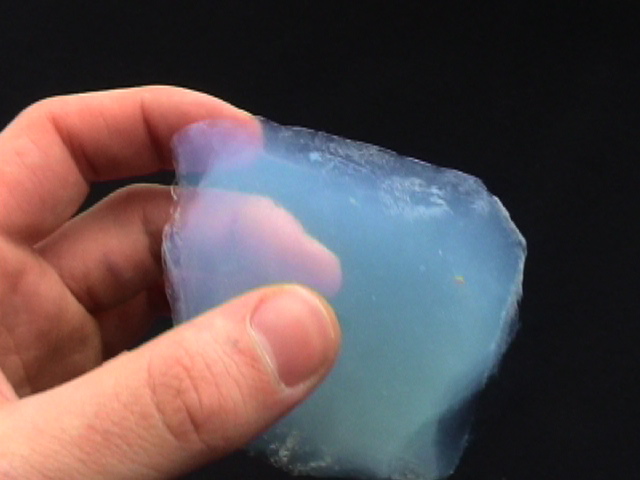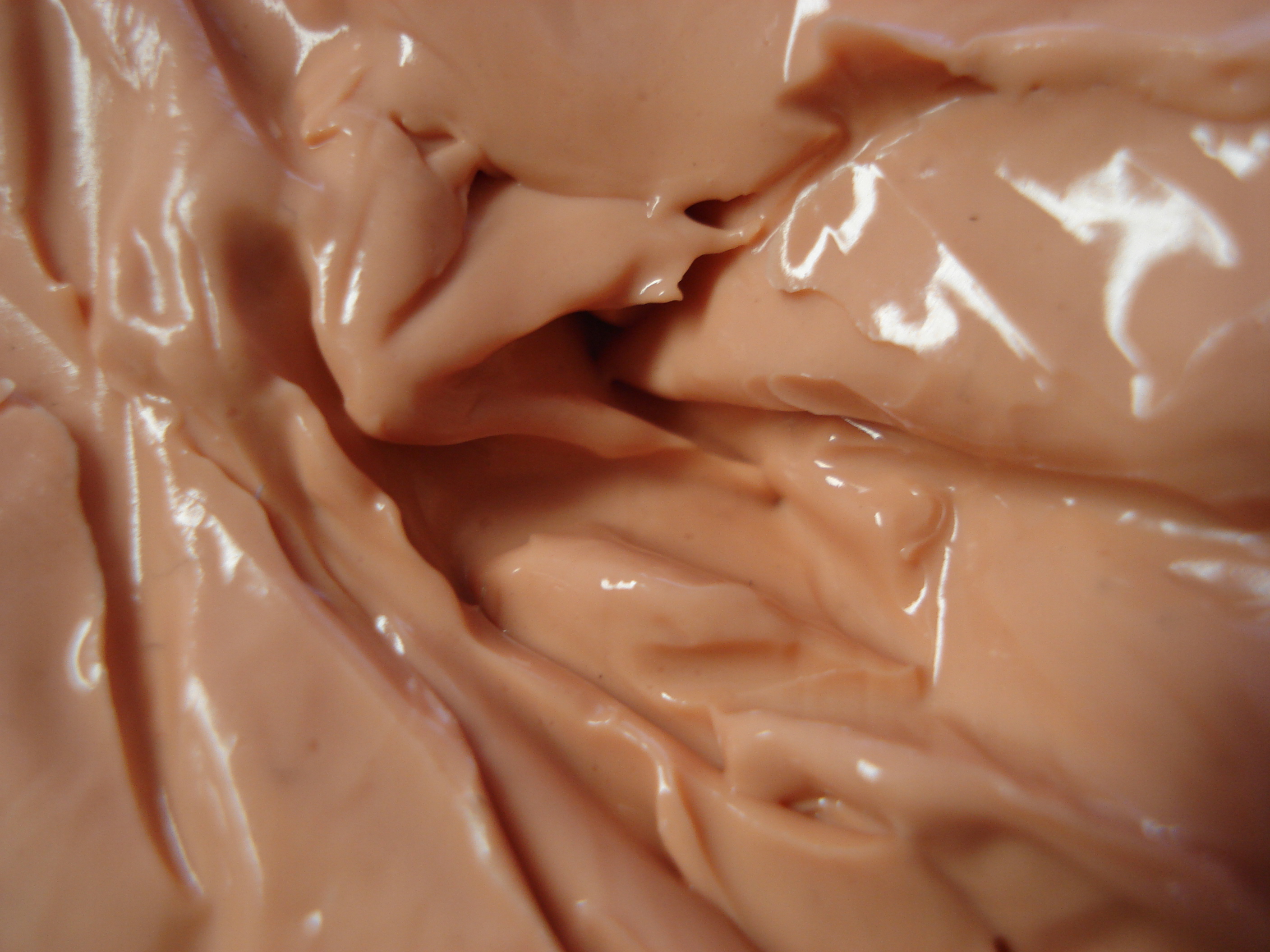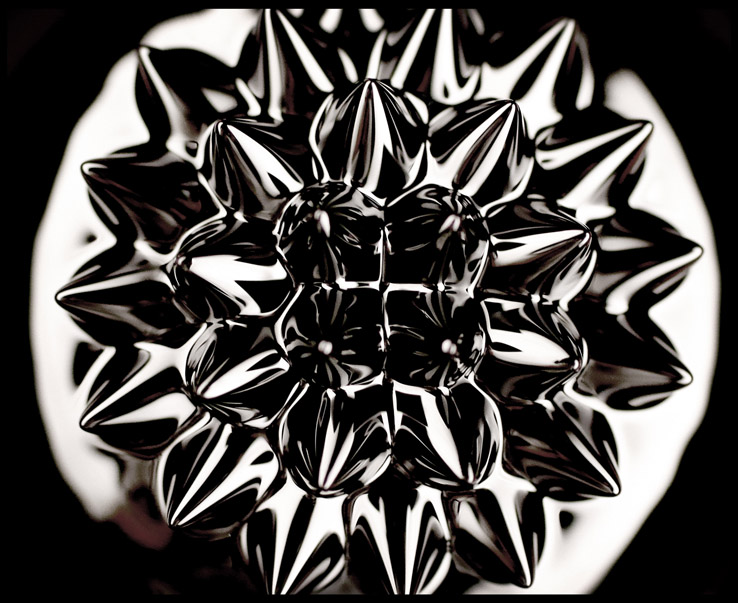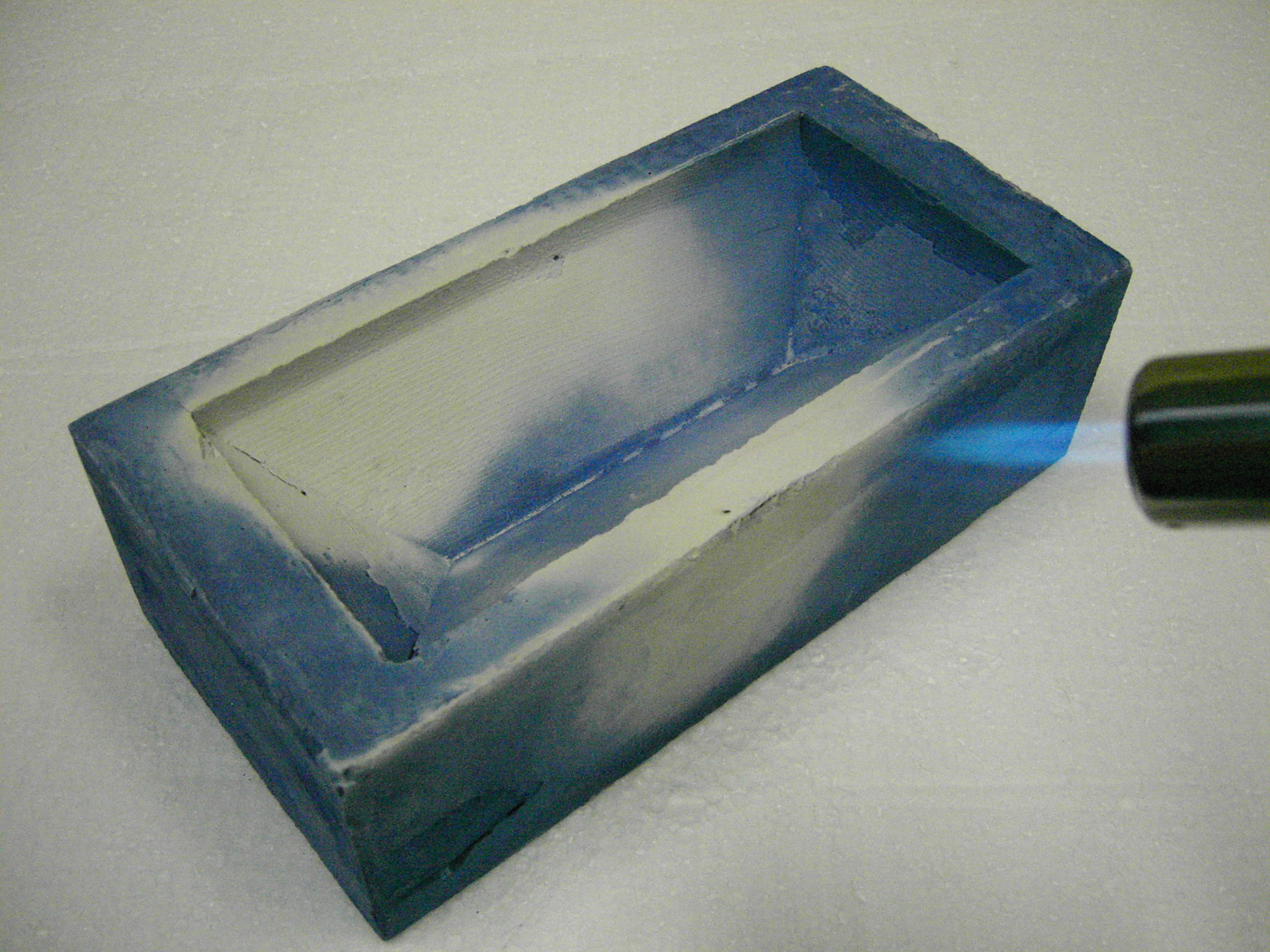Mark Miodownik on animate materials
6.05.21. Internet
This episode investigates the near-future and how material technology could transform the way we live.
Mark Miodownik is the UCL professor of materials & society. He received his PhD in turbine jet engine alloys from Oxford University, and has worked as a materials engineer in the USA, Ireland and the UK. For more than twenty years he has championed materials science research that links to the arts and humanities, medicine, and society. This culminated in the establishment of the UCL Institute of Making, where he is a director and runs the research programme.
He’s the author of two highly successful – and, I think importantly, incredibly accessible – books on materials, Stuff Matters and Liquid and regularly presents TV and radio programmes about material science on the BBC.
Most recently, however, he’s co-chaired a working group that has delivered a fascinating, and far reaching, report for the Royal Society, entitled Animate Materials, which is the focus of much of our chat.
In the episode we talk about: how new ‘active, adaptive and autonomous’ materials will change our lives; concrete that heals itself using bacteria; why we’ll grow our cities in years to come; the potential for new materials in healthcare and the nanoparticles that could help cure cancer; the economic and social impacts of this new technology; the importance of scientists collaborating with designers, architects and artists; and how animate materials could drive a new evolutionary tree.
It’s frequently eye-popping stuff.
(Pictured above is a thermochromic brick that changes colour with temperature.)
Find out more about the Royal Society’s Animate Materials report
 The Institute of Making contains a vast library of materials including Aerogel, a synthetic, porous, ultralight material derived from a gel, in which its liquid component has been replaced with a gas.
The Institute of Making contains a vast library of materials including Aerogel, a synthetic, porous, ultralight material derived from a gel, in which its liquid component has been replaced with a gas. This is a non-Newtonian liquid, a fluid that doesn’t follow Newton's law of viscosity. In other words its viscosity can change when under force to either more liquid or more solid.
This is a non-Newtonian liquid, a fluid that doesn’t follow Newton's law of viscosity. In other words its viscosity can change when under force to either more liquid or more solid.

This is a Ferrofluid, or a liquid that is attracted to the poles of a magnet. All images courtesy of the scientist.

